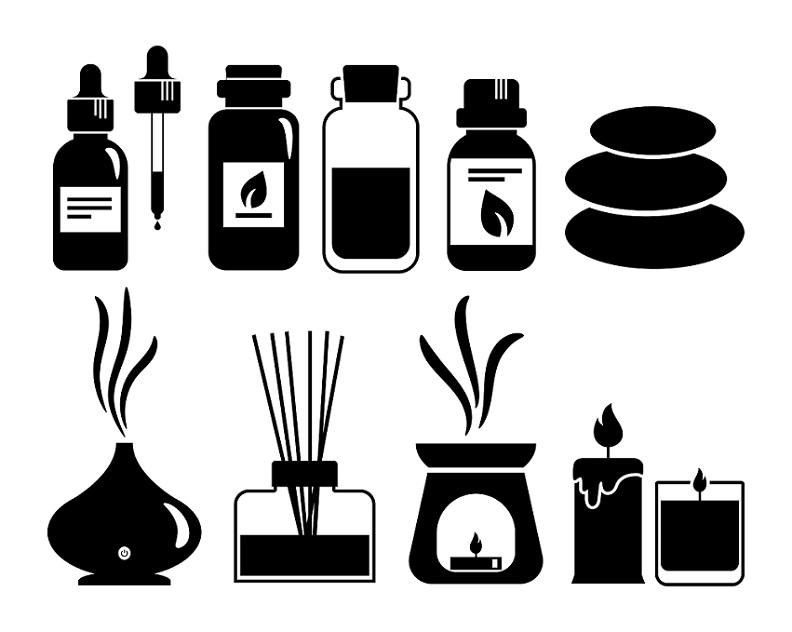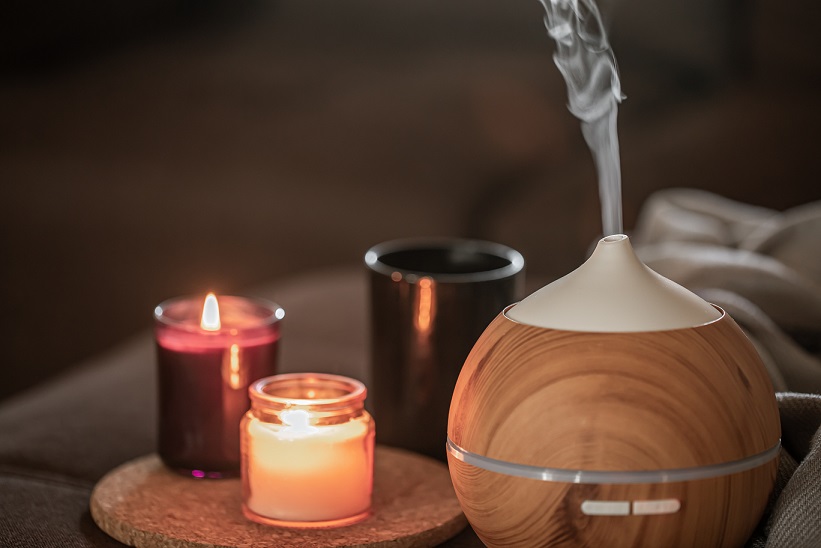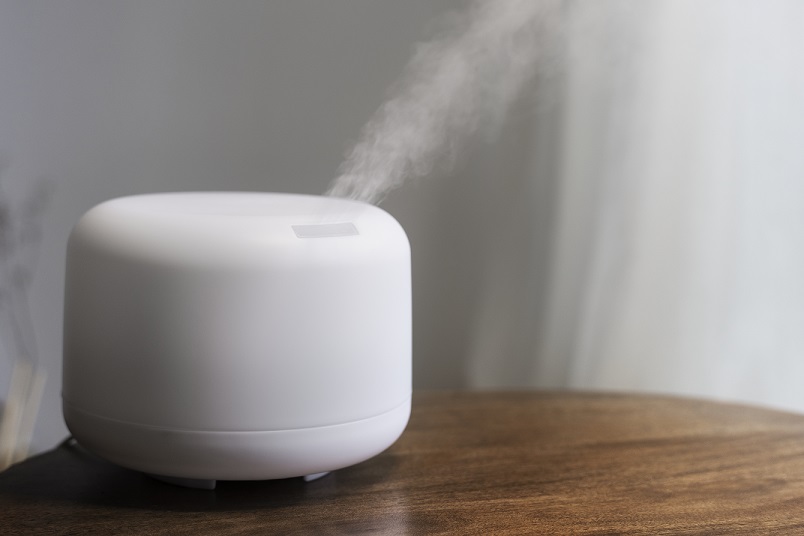Essential Oil Diffusers:
With many individuals turning to more holistic and all-natural supplementation and ways of living, it’s no wonder we’ve seen an increase in essential oil diffusers on the market.

What we are truly seeing is smarter more cognizant buyers. For instance, even candle lovers are turning to purchasing candles with plant based waxes, and fragrance oils, free of harsh chemicals.
Furthermore, with the rise of aromatherapy diffusers on the market, in general, has lead to an influx in designs as well. Besides the variety in designs, there are also different kinds of diffusers as well.
At this time, there is no reason to think, we won’t continue to see a rise in there use.
What is an essential oil diffuser anyways? How do you use one?
Let’s cover the bases surrounded this trending topic.
What is an Aromatherapy Oil Diffuser?
Essential oil diffusers (aka, aromatherapy diffusers) use elements like heat and vibration to break down added oils, turning them into molecules that can be dispersed through the air.
The result is an aroma that lends itself to potentially helping to reduce stress, anxiety, helping to reduce chronic pain, promoting relaxation, even promoting sleep.

Consequently, depending on the essential oils you choose, may impact what therapeutic properties it has. However, the results of essential oils to individuals will likely vary.
Another important note is that the use of essential oils are not regulated by the FDA. So understanding what and how to use specific oils are important. Always follow manufacturers guidelines for use of oils and diffusers.
Popular Oils For Diffusers:
Popular essential oils used in aromatherapy diffusers include:
- Lavender
- Tea Tree
- Orange
- Peppermint
- Lemongrass
- Ylang Ylang
Types:
Above all, one of the most important aspects is the type of aromatherapy diffuser you choose, when it comes to performance.
You’ll want to think about:
- Cost
- Room size
- Portability
- Diffuser Size
- Maintenance

Having said that, diffusers have quite the range these days, from large to extremely portable. For example car essential oil diffusers are made speiically to work off of adaptors in your vehicle.
Oftentimes, the size of the diffusers has an impact on how much area it will cover. However, the idea is to give off a subtle smell, not to overwhelm your senses. The subtle stimulation of receptors should be enough to promote a sense of calm.
Ultrasonic Essential Oil Diffusers: Most popular! Like you may have guessed, these diffusers use vibrations or ultrasonic vibrations.
Firstly, essential oils are combined with water. Secondly, a disc that lye’s below the mixture creates vibrations, breaking down the oils into tiny molecules. Hence, a fine mist is created and dispersed.
Nebulizing Essential Oil Diffusers: Without altering the chemical composition of the oils, a nebulizing diffuser breaks down the oil by pressure. Also called pressurized air stream, without the use of heat or water. The stream is ejected out a a nozzle at high speed.
Evaporative Essential Oil Diffusers: All about the flow of air. Evaporative diffusers use a fan to help disperse air through a filter. The filter has said essential oil drops on it. When the air evaporates, so does the essentials oils throughout the room.
Heat Essential Oil Diffusers: Depending on the diffuser, some may use high heat, while others use low heat. Ideally, you’ll want a gradual increase in heat. Gradually the oils will then evaporate into the air. Often, the downside of heat diffusers is whether the heat changes the chemical makeup of the oils themselves.

Picking The Right One:
Truly, all types have there advantages and disadvantages. However, most diffusers we’ve experimented with are effective in what they are made to do, along with being relatively easy to use.
In other words, the most important things to think about when purchasing, may be what we discussed prior. For example, your budget, the size of the space, and/or maintenance (longevity) of a diffuser type.
Furthermore, some diffusers have added features, such as ambient lighting, different dispersing settings, and an auto turn-off feature.
Do a quick search on Amazon.com (not affiliate link), you’ll become overwhelmed with the selection.
Think Outside The Box:
In conclusion, let’s talk about blending. One of the more fun aspects of diffusers is blending oils together to get different fragrances and additional benefits.
For example,
- Orange/Frankincense/Cinnamon: Energy Blend!
- Cedarwood/Lavender: Sleepy-Time Blend!
- Eucalyptus/Peppermint: The Breathe Better Blend!
Furthermore, you can try your own blends. Oftentimes, you’ll find manufacturers and makers of diffusers offer blending suggestions within their packaging of the product.
Final Thoughts!
Although it’s impossible to talk about every kind of diffuser for purpose of this post, we hope you have a better idea of what aromatherapy diffusers are.
If this post was helpful, please share it on your social media platforms. Furthermore, check out some of our handmade products and other fun content!
Resources:
- https://www.marketwatch.com/press-release/global-aromatherapy-diffusers-market-is-driven-by-rising-adoption-of-aromatherapy-among-individuals-2018-07-12
- https://www.healthline.com/health/how-to-use-essential-oils


